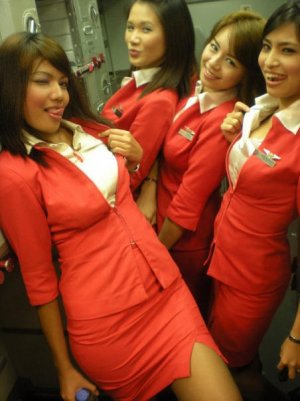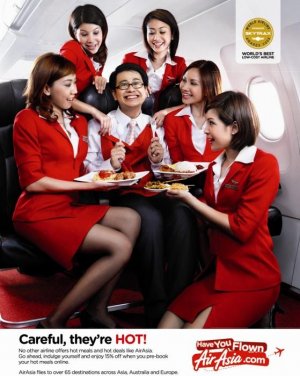Here is the radar log for Asiana 214. Scroll to the bottom of the page on the link.
http://flightaware.com/live/flight/AAR214/history/20130706/0730Z/RKSI/KSFO/tracklog
The troubling thing is at 100' they are at 109 kts. That's WAY too slow for a B777. Granted this a radar plot, measuring ground speed and not IAS (indicated air speed), but that number should be around 140 kts. over the threshold +/- depending on landing weight.
Looks like they got slow and stalled the plane at 100', it sank, hit the sea wall and skidded on to the runway.
Either auto throttle malfunction similar to the British Airways B777 accident or shitty pilots. I think it was the later. The British Airways were Rolls Royce engines and these were Pratt & Whittney. Completely different system. As well, the speed varies 20kts between 600' and 200', autothrottles do a much better job and would nail the speed +/- 5kts which would indicate to me they were hand flying the plane.
There is definitely a cultural problem in Asian airlines where the Captain is THE authority and the First Officer is there only to obey their commands. In the US for the last 20 years they have taught CRM (Crew Resource Management) where it's a team approach. Two sets of eyes, two sets of ears, two brains and two mouths to speak up when something doesn't look or seam right. This is the way it SHOULD BE.
I have talked to people (Americans) that have gone through training for JAL, China Air, Guardia Indonesia, etc. and they teach them to not think, but to read the checklists word for word, exactly as it's printed. Everything is standardized with zero variation. They are creating pilot machines, not pilots. And when things don't go as planned, they have real problems. Essentially, you have one pilot - the Captain and a First Officer to do as he's told.
RIP to those that perished.
http://flightaware.com/live/flight/AAR214/history/20130706/0730Z/RKSI/KSFO/tracklog
The troubling thing is at 100' they are at 109 kts. That's WAY too slow for a B777. Granted this a radar plot, measuring ground speed and not IAS (indicated air speed), but that number should be around 140 kts. over the threshold +/- depending on landing weight.
Looks like they got slow and stalled the plane at 100', it sank, hit the sea wall and skidded on to the runway.
Either auto throttle malfunction similar to the British Airways B777 accident or shitty pilots. I think it was the later. The British Airways were Rolls Royce engines and these were Pratt & Whittney. Completely different system. As well, the speed varies 20kts between 600' and 200', autothrottles do a much better job and would nail the speed +/- 5kts which would indicate to me they were hand flying the plane.
There is definitely a cultural problem in Asian airlines where the Captain is THE authority and the First Officer is there only to obey their commands. In the US for the last 20 years they have taught CRM (Crew Resource Management) where it's a team approach. Two sets of eyes, two sets of ears, two brains and two mouths to speak up when something doesn't look or seam right. This is the way it SHOULD BE.
I have talked to people (Americans) that have gone through training for JAL, China Air, Guardia Indonesia, etc. and they teach them to not think, but to read the checklists word for word, exactly as it's printed. Everything is standardized with zero variation. They are creating pilot machines, not pilots. And when things don't go as planned, they have real problems. Essentially, you have one pilot - the Captain and a First Officer to do as he's told.
RIP to those that perished.








